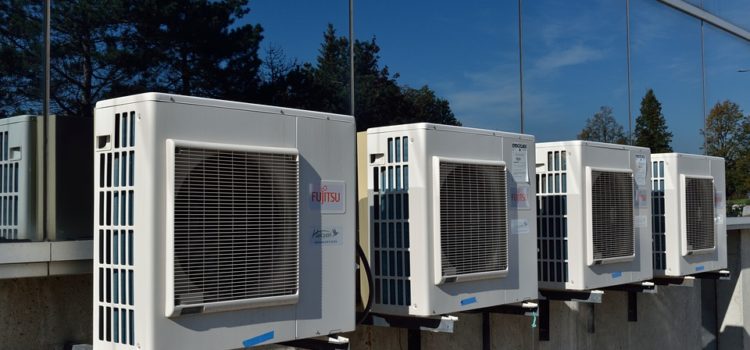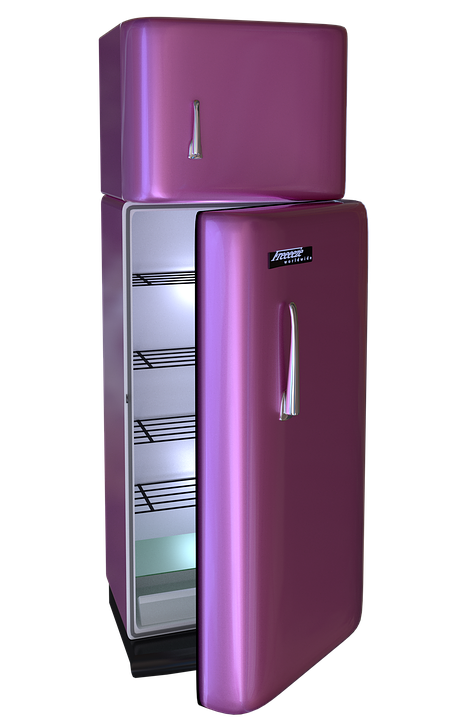
Choosing the Right Refrigerant: R410A vs. R600A
Hey there, curious minds! If you’re delving into the world of air conditioning and refrigeration, you’ve probably heard about refrigerants like R410A and R600A. These two are making waves in the cooling world, but how do you decide which one suits your needs? Don’t worry, we’ve got your back. Let’s break down the differences between R410A and R600A, so you can make an informed choice for your cooling system.
Meet R410A: The Cool Performer

First up, we have R410A, the cool kid on the block. If you’ve got a modern air conditioning system, chances are it’s rocking this refrigerant. It’s part of the hydrofluorocarbon (HFC) gang and gets a thumbs-up for its lower impact on the ozone layer compared to older refrigerants like R22. Plus, it’s known for packing a punch in the cooling department. If you’re after an AC that delivers on energy efficiency and performance, R410A might be your go-to.
Pros of R410A:
- It’s kinder to the environment, as it won’t mess with the ozone layer.
- Your AC will thank you for its high cooling capacity and energy efficiency.
- It’s the superstar of new air conditioning systems, so you’ll find it in many modern models.
Keep in Mind:
- R410A needs systems built to handle higher pressure levels, so it’s not just a drop-in replacement for every setup.
- While it’s friendlier to the ozone layer, it still carries a higher global warming potential (GWP) than some other options.
Say Hello to R600A: The Green Player

Now, let’s introduce R600A, also known as isobutane. This refrigerant takes the eco-friendly route and gives a big thumbs-down to ozone depletion and high global warming potential. It’s like the green warrior of the cooling world, striving to keep the planet happy. You’ll spot R600A in smaller appliances like fridges and freezers, where it works its cooling magic.
Pros of R600A:
- It’s the eco-champion with no ozone depletion potential and a low GWP.
- If you’re into small refrigeration appliances, R600A is probably cooling them down.
- It’s all about keeping things chill while being kind to the environment.
Keep in Mind:
- Safety first! R600A is flammable, so handling, installation, and maintenance require proper precautions.
- Due to its flammability, you won’t usually find R600A in larger AC systems or commercial setups.
Picking Your Champion: What to Consider
Choosing between R410A and R600A isn’t as simple as picking your favorite ice cream flavor. You’ve got to consider a few things:
1. System Size and Purpose
If you’re dealing with a big air conditioning system, R410A might be your better bet due to its performance. But if you’re thinking of a small fridge or freezer, R600A could be your cooling soulmate.
2. Safety Concerns
Safety dance! R600A is flammable, so if you’re not up for the safety measures it requires, R410A might be a safer option for you.
3. Eco-Friendly Vibes
Are you all about saving the planet? R600A gets a high-five for its low environmental impact. If eco-friendliness is your top priority, consider the green path.
4. Regulations and Guidelines
Check your local regulations and safety standards. Some places might have restrictions on the use of flammable refrigerants like R600A.
Final Word
The choice between R410A and R600A depends on your specific needs, safety considerations, and environmental goals. Larger air conditioning systems might lean towards R410A for its power, while smaller appliances could benefit from R600A’s eco-friendly nature.
Before you make your final decision, don’t hesitate to consult HVAC professionals or experts in the field. They’ll help you weigh the pros and cons and steer you toward the refrigerant that suits your cooling dreams. So go on, make your cooling system the star of the show, no matter which refrigerant you choose. Stay cool!



